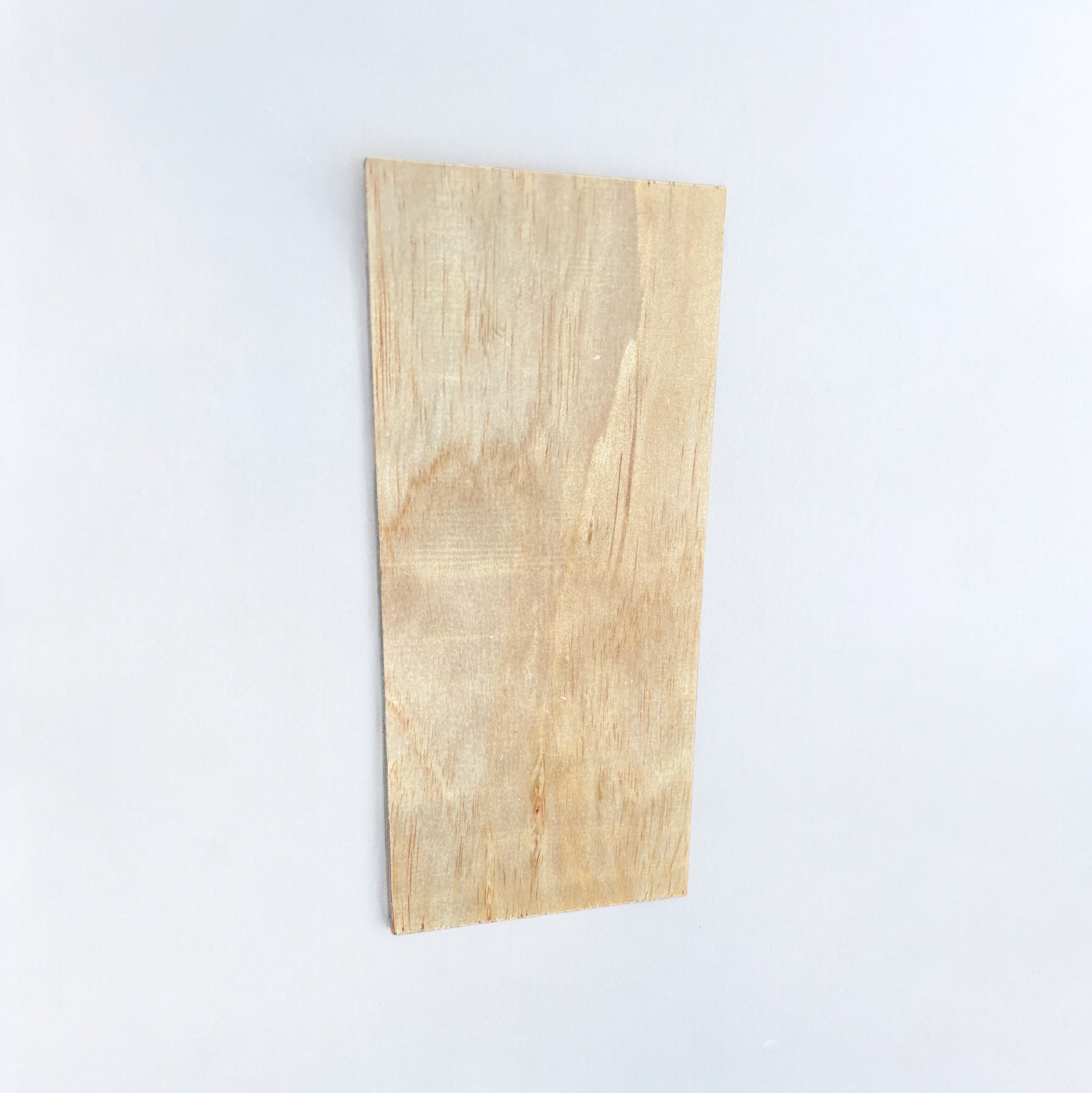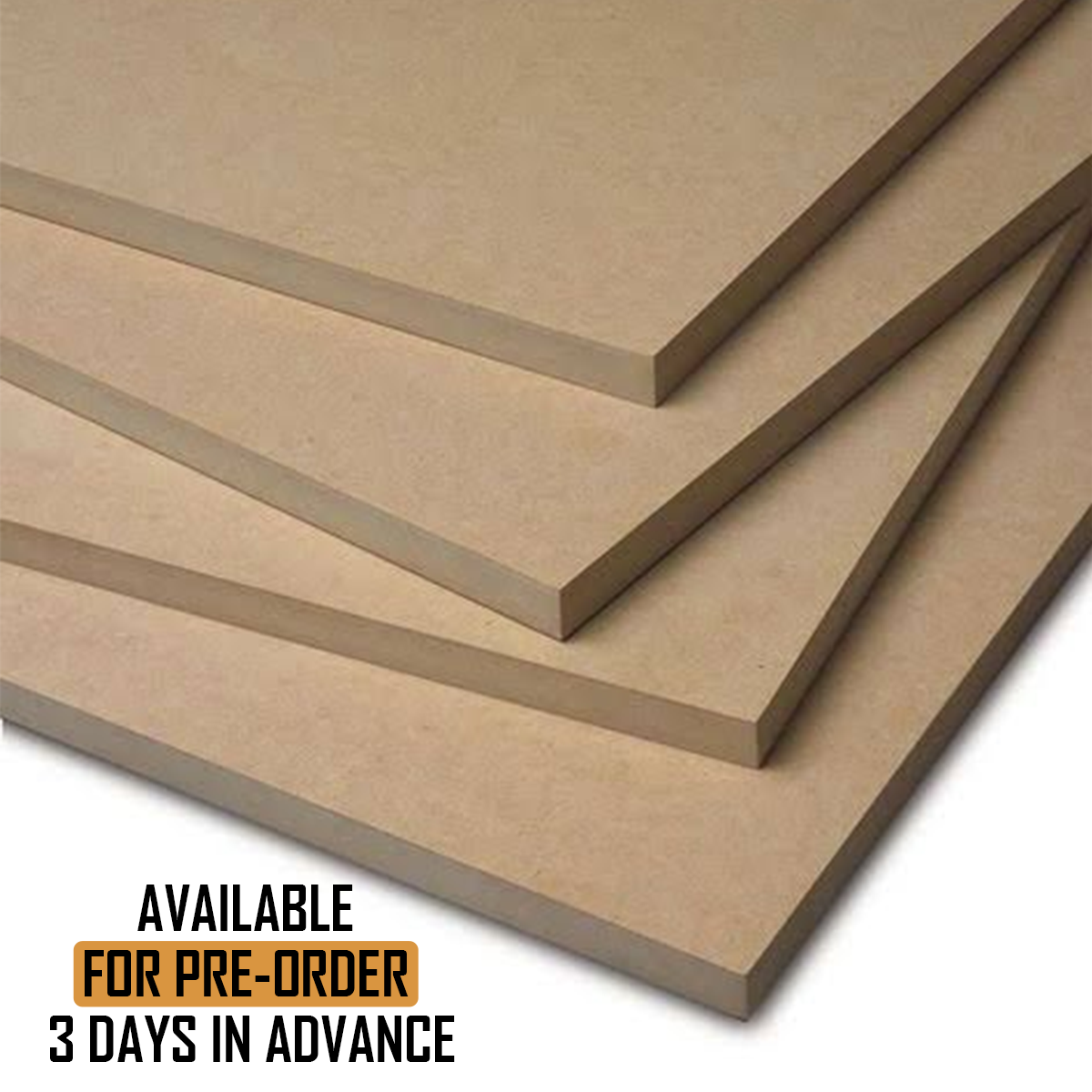Non-Structural Plywood
Product categories
Non-Structural Plywood(7) PlyPanel-Plywood(7) Uncategorized(1)
Length
12mm 15mm 16mm 17mm 18mm 25mm 33mm 3mm 4mm 6mm 9mm
Color
1800 x 600 1800 x 900 1830 x 915 2400 x 1200mm 2440x1220 2700 x 1200mm 2745x1220 3600 x 1200 3600 x 1800 3600 x 1800mm 3600 x 600mm 3600 x 900mm 3660x1220
Unit
High Moisture Resistant Standard
Showing all 7 results
-
378 left in stock
BB Non Structural 2400x1200x15mm
$65.00 – $3,627.00Price range: $65.00 through $3,627.00Rated 0 out of 5Pine Veneer, Thicknesses vary from 3mm – 18mm depending on your needs.
-
BB Non Structural 2400x1200x18mm
$75.00 – $3,375.00Price range: $75.00 through $3,375.00Rated 0 out of 5Pine Veneer, Thicknesses vary from 3mm – 18mm depending on your needs.
-
1306 left in stock
BB Non Structural 2400x1200x9mm
$40.00 – $3,600.00Price range: $40.00 through $3,600.00Rated 0 out of 5Pine Veneer, Thicknesses vary from 3mm – 18mm depending on your needs.
-
1364 left in stock
BB Non Structural Plywood 2400x1200x7mm
$37.00 – $4,329.00Price range: $37.00 through $4,329.00Rated 0 out of 5Pine Veneer, Thicknesses vary from 3mm – 18mm depending on your needs.
-
2482 left in stock
BB Non-Structural Plywood 2400x1200x12mm
$44.00 – $3,280.00Price range: $44.00 through $3,280.00Rated 0 out of 5Pine Veneer, Thicknesses vary from 3mm – 18mm depending on your needs.
-
1404 left in stock
BB Non-Structural Plywood 2400x1200x3mm
$27.00 – $3,600.00Price range: $27.00 through $3,600.00Rated 0 out of 5Pine Veneer, Thicknesses vary from 3mm – 18mm depending on your needs.
-
13000 left in stock



